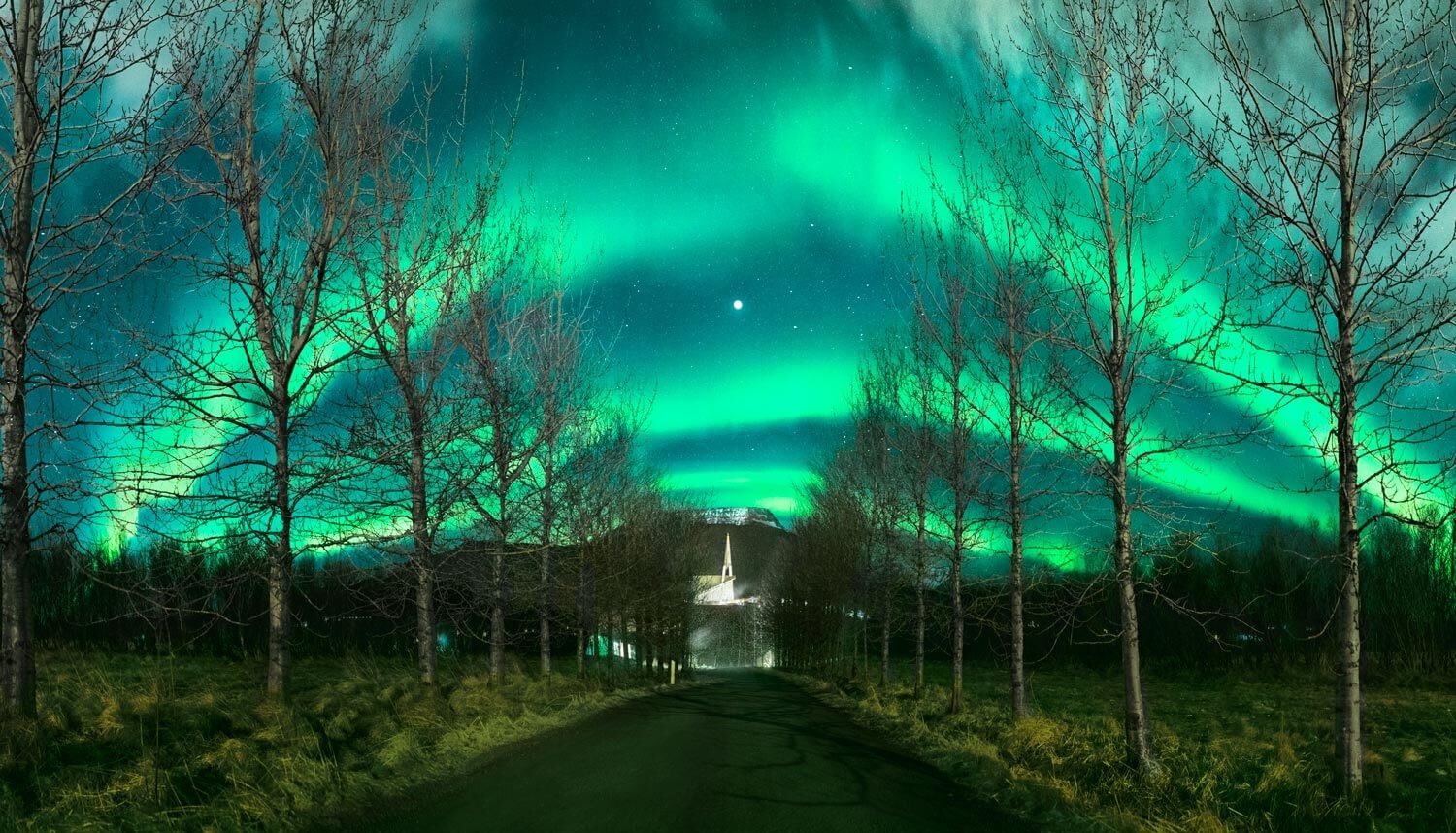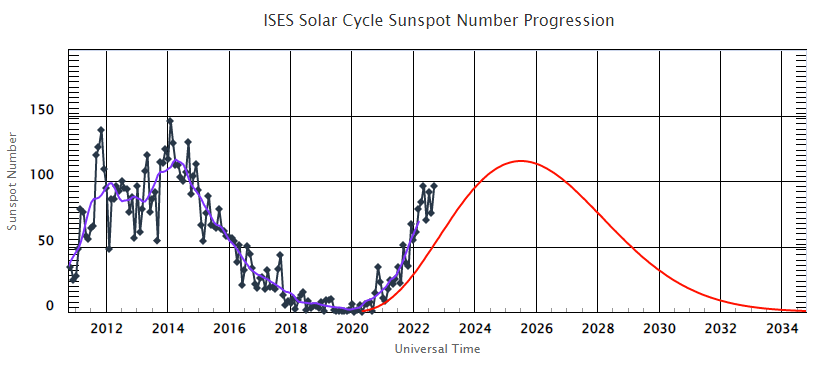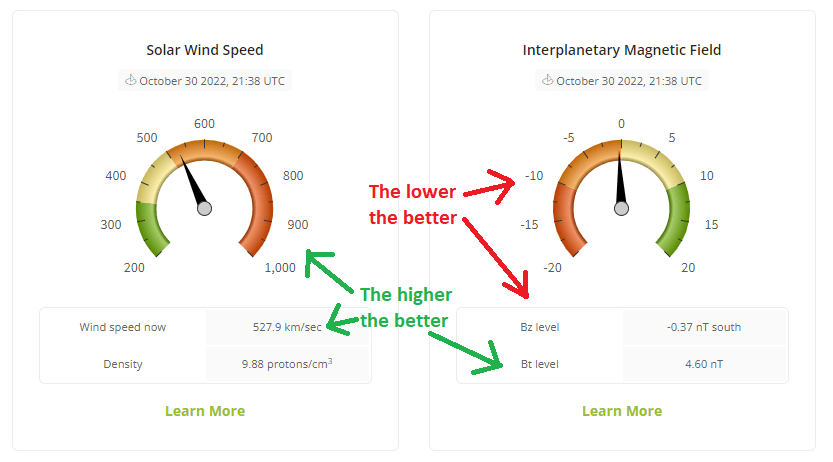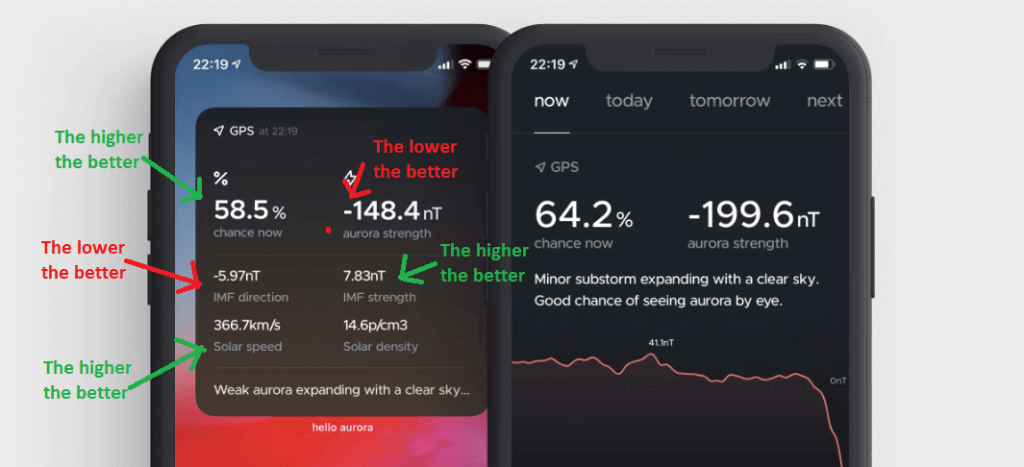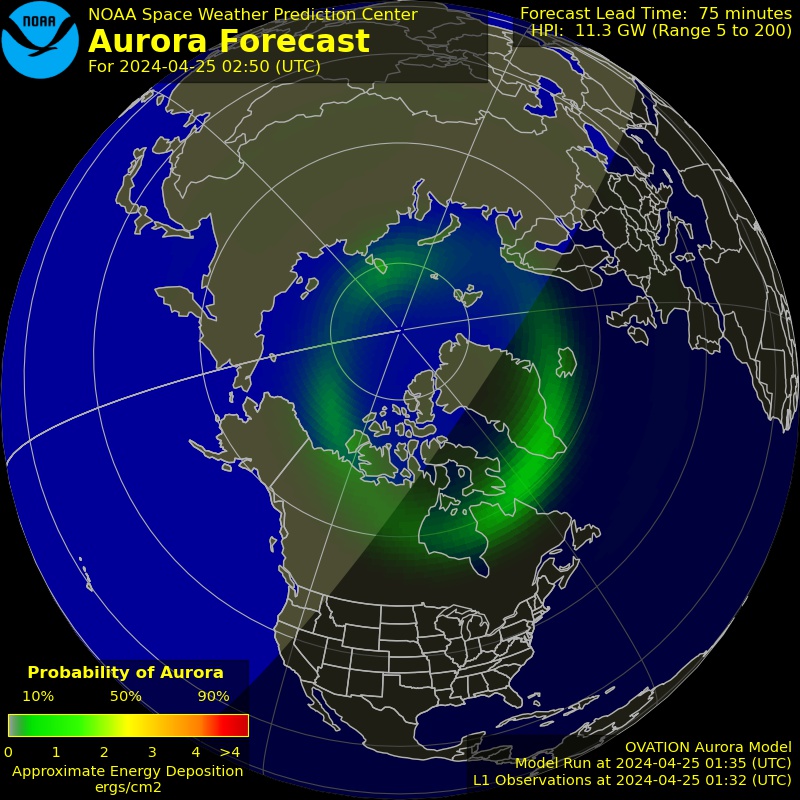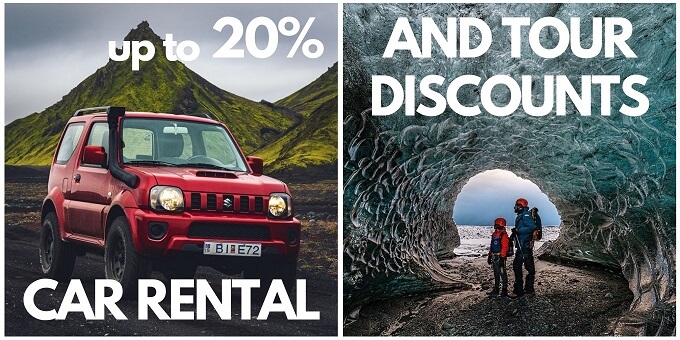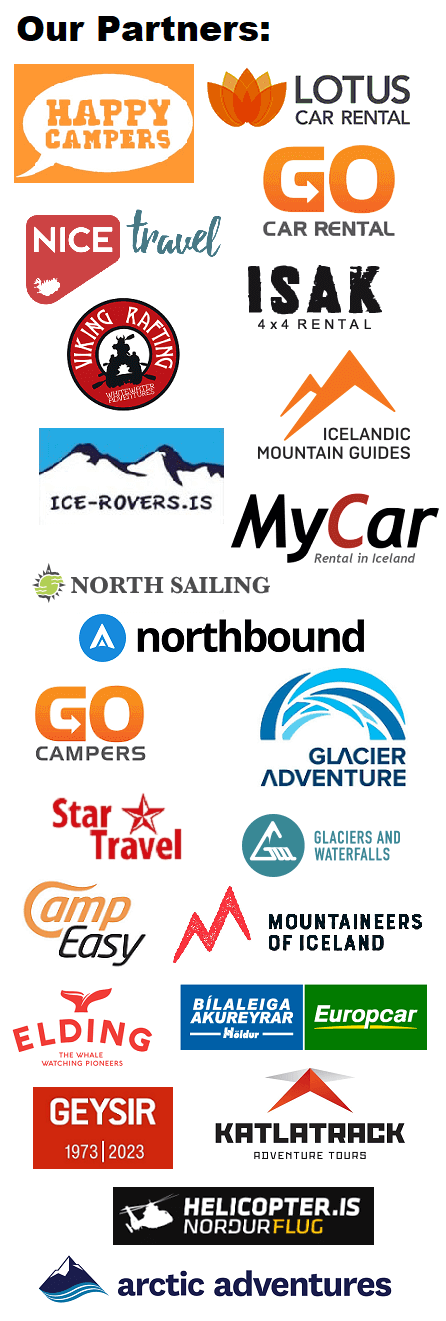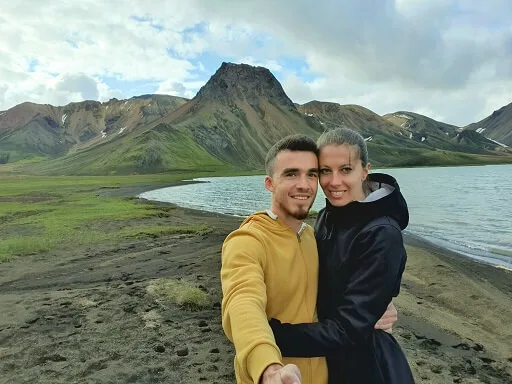When to visit Iceland to see Northern Lights? What is the best month for Northern Lights in Iceland? How to maximize your chances of seeing Aurora in Iceland? These are some of the most asked questions when it comes to Northern Lights in Iceland.
Many websites write something about Northern Lights, but we haven’t seen any website with all necessary information combined in one article. That’s what we attempt to do today 🙂 Of course, you can write a scientific thesis on how to see Northern Lights in Iceland, also known as Aurora. But, we will try to keep our guide to Northern Lights brief, yet still give you all the details you need to know.
This post is part of our Winter Iceland articles series:
- South Iceland – best winter places
- East Iceland – best winter places
- North Iceland – best winter places
- Snæfellsnes – best winter places
- Winter Icelandic Itinerary
- All you need to know about Iceland in Winter
- Best Winter tours in Iceland
Contents
- 1. How to see Northern Lights in Iceland?
- 2. When to visit Iceland to see Northern Lights?
- 3. How to maximize your chances of seeing Aurora in Iceland?
- 4. What is the best month to see Aurora in Iceland?
- 5. Is Iceland the best country to see Northern Lights?
- 6. Why does everyone have amazing Northern Lights pictures?
- 7. Useful Northern Lights websites and apps
- 8. Best Northern Lights guided tours
1. How to see Northern Lights in Iceland?
Here is the very quick and simplified guide:
- Come when the days are dark (September to April)
- Come when the skies are clear (better chances in September, October, March, April)
- Center your visit around new moon phase
- Watch forecast for days with no clouds
- Watch forecast for high aurora activity
- Stay away from cities and light
Discounts for the best Northern Lights Tours in Iceland for our readers
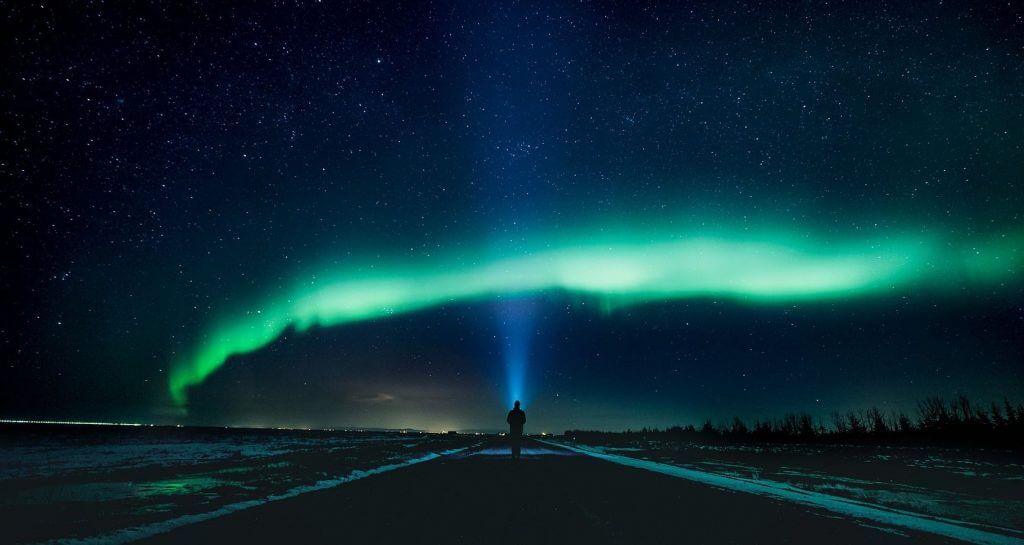
A picture by @r3dmax
2. When to visit Iceland to see Northern Lights?
The shortest answer is between September and April. You need to balance good weather with dark skies. The best balance seems to be somewhere around September/October and then March/April. No guarantees, due to unpredictable weather. Also, I suggest you read our entire article to understand what are your chances to see Northern Lights.
All you need to know about Iceland in Winter – a full guide
3. How to maximize your chances of seeing Aurora in Iceland?
There are 3 most important criteria that need to be met so that you can observe aurora in Iceland:
While dark days are quite easy to predict, clear skies are a bit harder to predict, but still possible. The most complicated thing to forecast is the aurora activity, a.k.a. solar activity. These are the most important factors that determine the quality of your Northern Lights show in Iceland. Besides these, there are also some smaller factors like time of the day, location and looking into right direction. Let’s dig deeper into all of these.
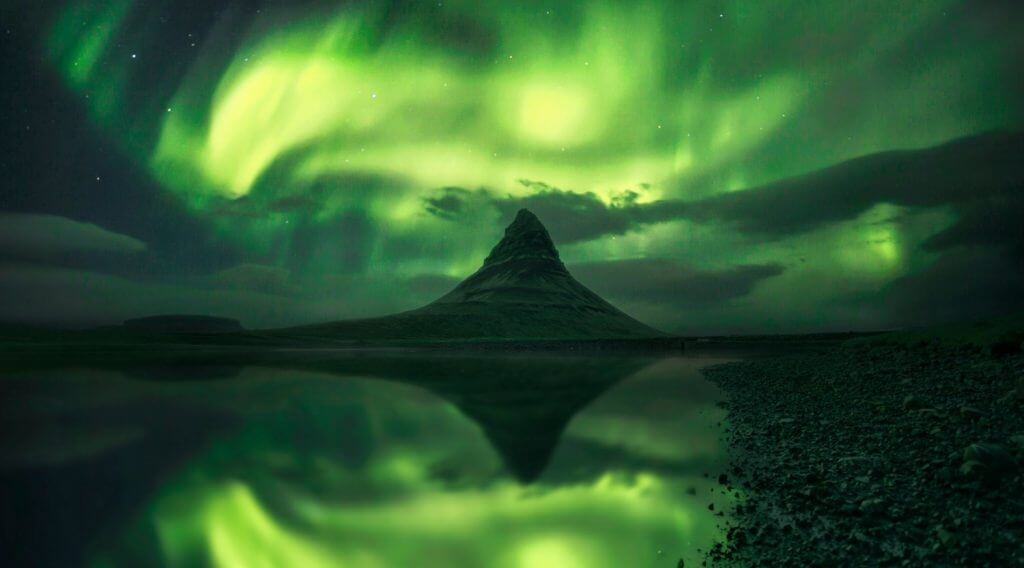
Northern Lights next to Kirkjufell
3.1. Dark days
Dark days in Iceland are the easiest thing to predict. You know these with certainty. The shortest daylight hours are in December, with only 4 hours of daylight and the longest daylight hours are in June, with 21 hours of daylight.
It’s impossible to observe Aurora during the brightest season in May, June or July with a bare eye. This does not mean there’s no Aurora at that time. There is. You just can’t see it, because the skies are just too bright. On the other hand, in December you have almost a 20-hour long window to catch a glimpse of Northern Lights, which is pretty long. If it was only about dark days, the easy answer would be – come in December. But it’s also about weather and clear skies.
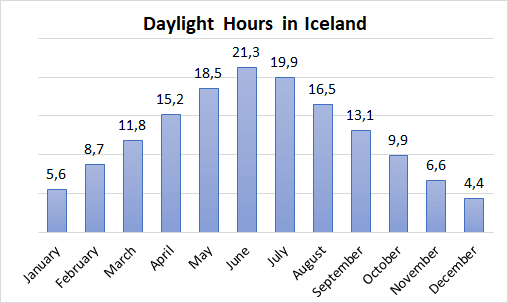
Daylight hours in Iceland by month
Secondly, skies are the darkest between 10PM and 12PM. These are the hours with biggest chances of seeing Northern Lights. This is also when most of the Northern Lights tours go out for the hunt.
Last but not least, dark skies also mean no light pollution. Stay away from cities, settlements or any substantial light sources and you will see a much stronger aurora, once it happens. This is where it’s useful to have a 4×4 car also in winter, so that you can reach more remote places with better (darker) light conditions also in winter.
3.2. Clear skies
Clear skies are a bit harder to forecast, because they all depend on weather. And as you have probably heard, weather changes quickly in Iceland and is quite unpredictable. That being said, the most stable weather outside of summer in Iceland is usually during early autumn – September, October and early spring – March, April. Not always though, for example October often has some nasty storms and weather alerts.
Can you see Northern Lights on a cloudy day? Either not at all, or just weak Northern Lights. Clear skies are very important for a beautiful, high-quality aurora show. There are 3 types of clouds – low level clouds, medium level clouds and high-level clouds. Ideally, you want none of these. You can easily observe the cloud forecast at en.vedur.is. Just bear in mind, the most reliable forecast is for the next 1 or 2 days.
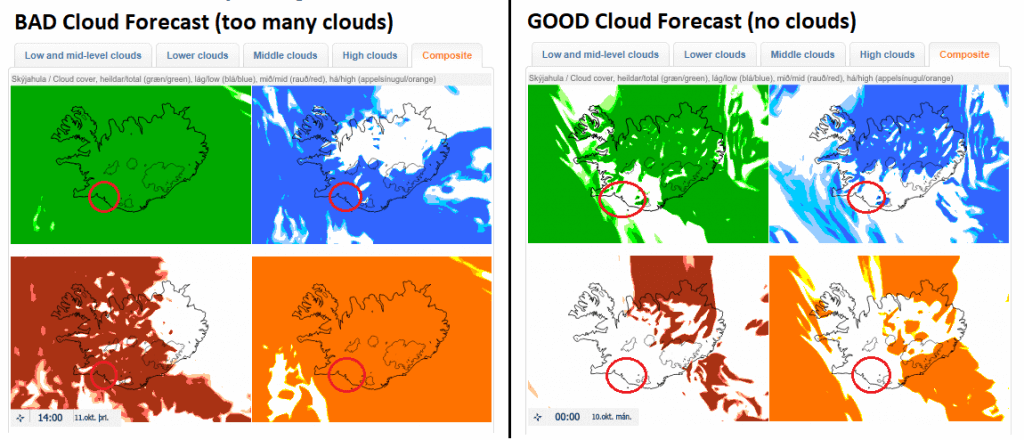
Comparison of a good cloud forecast and a bad cloud forecast for Northern Lights from en.vedur.is
How is it possible then that Northern Lights tours go out every day? Well, the guides will try to find a spot with as little clouds as possible, based on both the forecast and recommendation of locals. With some skill and practice you can actually find some northern lights pretty often, at least the weaker ones, though not always.
3.3. Solar activity
The third very important factor is the solar activity, sometimes called aurora activity. Solar activity actually produces Northern Lights as sun gases. If there is no solar activity, there are no Northern Lights. If there is a strong solar activity, there may be a beautiful aurora on a clear and dark day.
Now how do you know if there’s a strong solar activity? Look at the solar activity forecast, measured by KP index, on en.vedur.is and/or in Northern Lights apps. Official Icelandic Meteorological forecast is, however, usually the most reliable one. KP index is the summary number for the solar activity. It’s a simplification. Of course, you can go much deeper than just KP index, just read below.
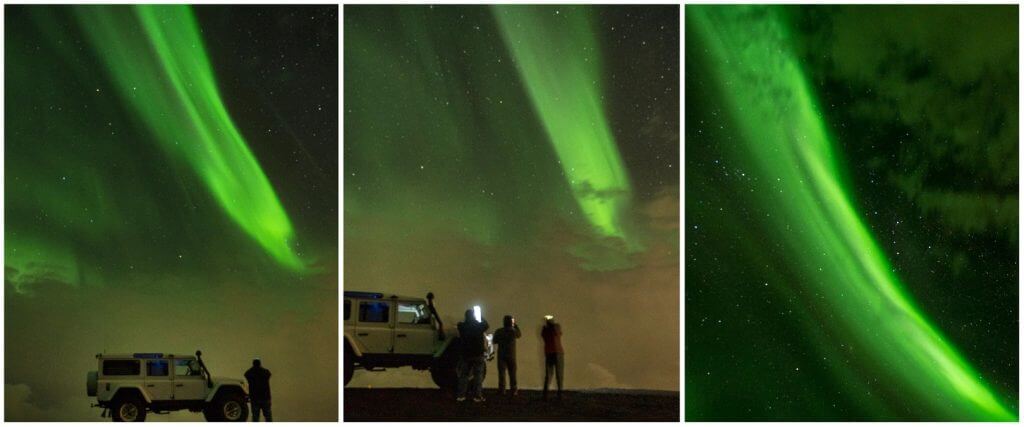
Pictures from a guided Northern Lights tour from Reykjavik by Glaciers and Waterfalls, 10% discount code: EPICICELAND
3.3.1. KP Index
KP index basically measures the strength of the solar activity in a single number, combining several factors. It’s not perfect, nor universal, but often helps a lot.
- KP 0-1 usually means you can’t observe aurora with bare eye, only with your camera.
- KP 2-3 usually means weak, but already present Northern Lights, usually green only
- KP 4-5 is already pretty good, with higher chances to see even colorful Aurora
- KP 6-9 means strong Northern Lights of various colors, with KP of 8-9 happening only very rarely
Once again – there’s no guarantee you will see northern lights even if the KP index shines at 5. The KP index is just a forecast, changes frequently and locally in a matter of hours and it’s impossible to exactly predict. The same however applies to low KP index – sometimes you can see amazing Northern Lights even if the index is low.
3.3.2. Long-term sun cycle (11 years)
Now you know you need dark days, clear skies and high solar activity. But is there any pattern in aurora activity? Actually, there are several notable patterns.
There’s a long-term sun cycle lasting approximately 11 years which has a strong influence on quality of Northern Lights. The most solar storms and the strongest solar winds (i.e. the highest solar activity) occur around the so-called “solar maximums”. The nearest solar maximum is predicted to happen around 2024-2025. Year 2020 was actually a year of a “solar minimum”.
This means, the chances for seeing spectacular Northern Lights in 2023, 2024 and in 2025 are pretty high!
3.3.3. Yearly equinox cycle (1 year)
On a yearly basis, solar activity often peaks during autumn and spring equinoxes, i.e. in September and in March. These are the months when (usually) chances of seeing the most beautiful Northern Lights rise considerably. Once again – no guarantees, because the overall aurora show depends on all of the other aspects mentioned in this article.
3.3.4. Short-term moon cycle (29 days)
Not many know, that moon cycle also affects your chances of seeing Northern Lights in Iceland. Specifically, a full moon makes the sky much brighter and, thus, lowers your chances of clearly seeing vibrant aurora.
On the other hand, skies are darkest during new moon phases. We recommend to come to Iceland a few days before new moon, or just center your visit around new moon to maximize your chances of seeing Northern Lights.
3.3.5. Solar storms
Apart from long-term sun cycles and short-term moon cycles, the so-called solar storms (or “substorms”) may occur every now and then. Solar storms are great for Northern Lights. They mean that strong solar winds will be hitting the earth’s magnetic field and this implies strong aurora. How to detect solar storms? Once again, the simplest way is to watch out for KP index, which already includes solar storm forecast.
If you insist of digging deeper, then you can watch out for so-called Coronal Mass Ejections (solar flares) of the sun. They indicate a potentially strong aurora in the upcoming hours.
3.3.6. Interplanetary Magnetic Field
Want to go even deeper? Interplanetary Magnetic Field activity (or IMF), is an important component of the KP index. Sometimes KP can be low, and IMF can still be favorable. Many “aurora hunters” often claim that KP index is not everything, and you should rather be looking at IMF and the so-called BZ index (which is just the direction of IMF). You can read more about IMF here or here. To simplify it as much as possible, you need to be looking for:
- Negative BZ index / IMF direction – the more negative, the better; this means solar winds going towards earth, not elsewhere
- Strong IMF – the stronger, the brighter and more visible aurora
- Fast Solar Wind – the faster, the better
3.4. Location
Guess why Northern Lights are called “northern”? Because most of the time they really appear in the north and in the northern direction of the sky. So, what does this mean for you? Look at the northern direction. And try to avoid any bigger obstacles (like mountains) in that direction. There are not many of them in Iceland, but just in case 🙂
Does it make sense to travel to the Northern Iceland to see Aurora rather than staying in the South? Not really, the difference between the North and the South will most likely be only minor. However, it makes huge sense to travel to spots where there are no clouds and which are away from lights and cities. Regardless of the direction.
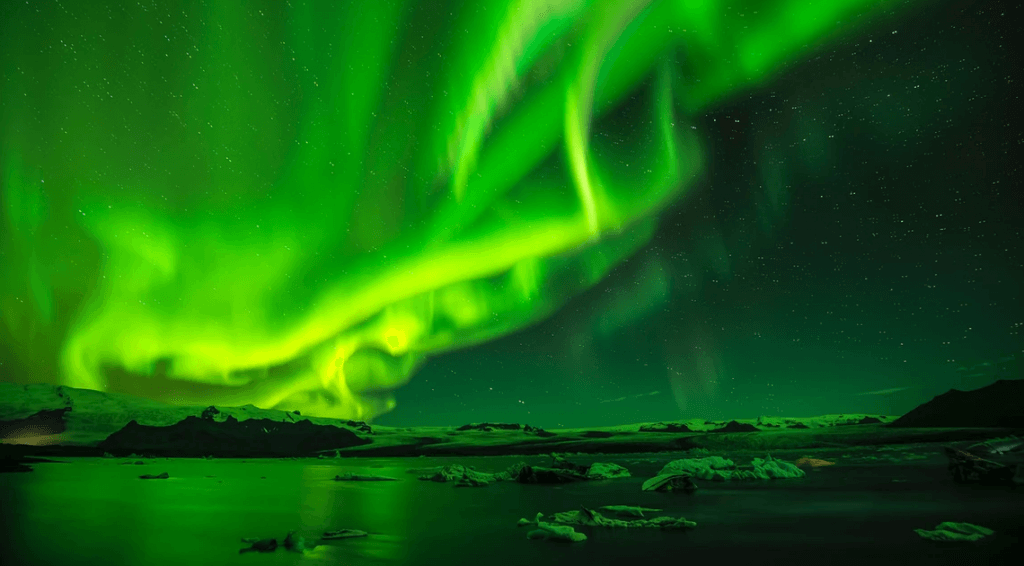
A picture from a guided aurora tour from Mývatn by Star Travel, 10% discount code: EPICICELAND
4. What is the best month to see Aurora in Iceland?
Best months to see Northern Lights in Iceland are September, October, March and April. This is just a very simplified recap of everything written above. If we take into consideration stability of weather, dark skies and sun activity, we will arrive at these 4 months to most likely have the best chances. Does it guarantee you to see Aurora? Not really, this is just about odds of seeing them.
What about November, December, January and February? You can surely experience a spectacular Northern Lights show also during these months. Just bear in mind that weather may be more cloudy and solar activity slightly lower.
Can I see Northern Lights in August? Yes, you can! Especially in the second half of August aurora already starts to appear. Although chances for a huge vibrant show are lower compared to winter, autumn and spring months, it’s still possible to see it.
Are May, June and July totally off the table? Yes, most of the time they are. Especially in June and July the skies are simply too bright for Aurora to be seen with the bare eye.
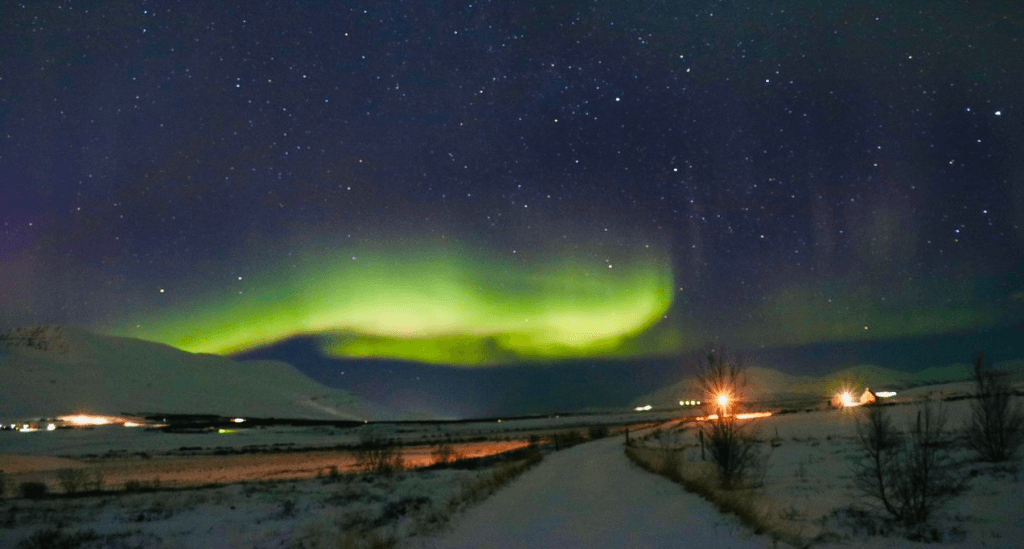
A picture from a guided aurora tour from Mývatn by Star Travel, 10% discount code: EPICICELAND
Advantages and Disadvantages of a specific month to see Aurora in Iceland:
- June, July – impossible by bare eye, too light days
- May – hardly possible by bare eye, too light days
- August – sometimes possible in the second half; usually weaker show (not so dark days); but very good weather; no snow
- September – pretty possible; medium show (still not very dark days); stable weather; yearly equinox peaks
- April – same as September, just weather is a bit less stable and there may still be snow
- October, March – high chances; good show; usually more storms and clouds (less stable weather); often also snow; yearly equinox peaks
- November, February – similar to October and March, just more snow, less daylight, and weather may again be less stable
- December, January – darkest days; a lot of snow; storms and weather alerts; no yearly equinox; if skies are clear and solar activity is high, show may be great
5. Is Iceland the best country to see Northern Lights?
Iceland is a great country to go for a Northern Lights hunt. It probably isn’t the best, though. I suggest you look at the map below, which shows with green/orange/red the areas with the highest likelihood of seeing a big Northern Lights show.
6. Why does everyone have amazing Northern Lights pictures?
The trick is, Aurora often looks much better on camera than in real life. This is due to the fact that you can set up your phone or camera’s settings in such a way, that they can capture presence of Northern Lights even if you can’t see them yourself. Specifically, you need a long shutter speed (20 seconds). Try googling “how to shoot northern lights”, you will get tons of results.
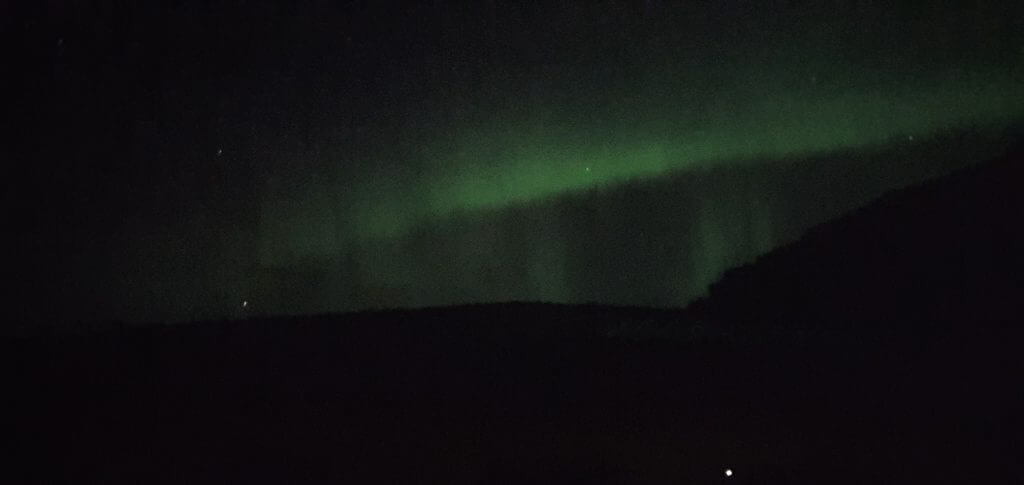
Our first-ever northern lights picture, near Höfn, 3rd September
6.1. Real life example of hunting for Northern Lights
A positive example to begin with. Once, we visited Iceland on September 3rd , in a year of a solar minimum. Despite all of these, our neighbors from the apartment next to us woke us up around midnight, all staring at the sky. Northern Lights were there! Not very strong, with green colors only, but they were there. We didn’t even try to chase Aurora at this time of the year, yet aurora turned out to be chasing us.
Next time, we spent 2 weeks in Iceland during the last week of February and the first week of March, and, unfortunately, we’ve clearly seen Northern Lights on one evening only. Moreover, the sight was very similar to the one experienced in September. Not very strong and green colors only. We were watching forecast every day, chasing the spots with clear skies and we didn’t see any major show over entire 2 weeks of this winter trip.

Our first winter Aurora “show” in Seyðisfjörður. Shot by simple cell phone. 28th February.
Our advice is simple, though. Don’t visit Iceland only because of Northern Lights. Don’t make Aurora the ultimate purpose of your trip. Go and explore the beautiful winter Iceland, and when the conditions are right for Northern Lights, they will be an amazing bonus to experience. Don’t let not seeing them ruin your holiday, because it’s perfectly possible you may not see them even after reading this guide.
7. Useful Northern Lights websites and apps
- The most reliable aurora forecast in Iceland is always done by Icelandic Meteorological Office – En.vedur.is
- There are many other websites, for example www.auroraforecast.is, in our experience, though, Vedur was always the best
- For a global aurora forecast watch SWPC NOAA website, it forecasts with a 45min lead time
- What are the best Northern Lights Apps? We are getting the best feedback on on App called Hello Aurora; nevertheless, we prefer Icelandic Meteo Office website
8. Best Northern Lights guided tours
Does it make sense to book a guided tour for Northern Lights? Yes and no. On one hand, you are definitely able to observe Northern Lights in Iceland on your own.
On the other hand, a tour guide will surely maximize your chances of seeing the Aurora. The guides have the best weather forecast available and they can ask locals about the current Northern Lights conditions all around Iceland. This is the huge advantage. If you don’t want to bother about forecasts yourself, then go for the Aurora tour in Iceland.
We have hand-picked the best Northern Lights tours, all with 5* reviews only, and amazing and knowledgeable guides.
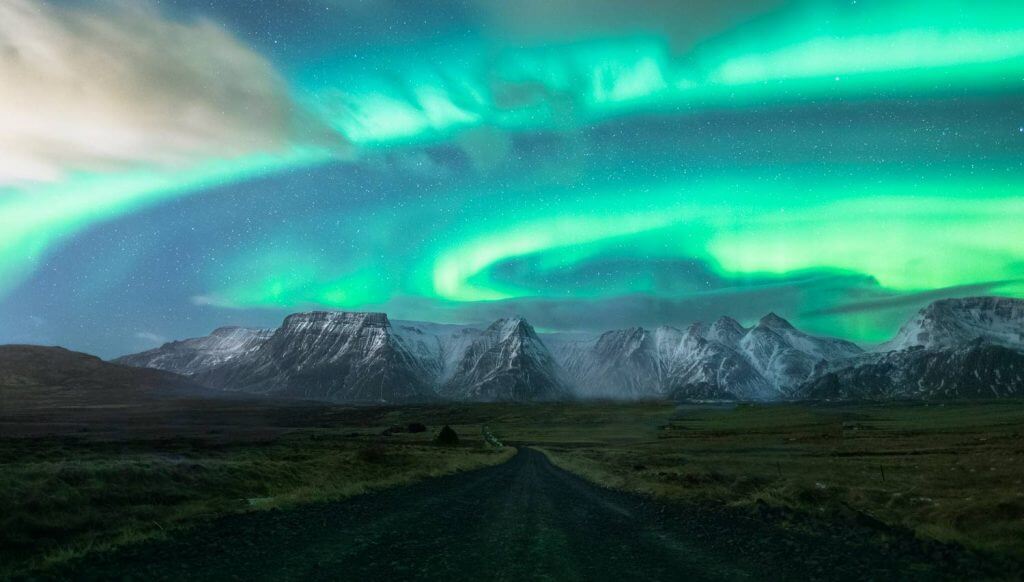
A picture from a guided Northern Lights tour from Reykjavik, 5% discount code: EPICICELAND23
8.1. Aurora Tours from Reykjavik
The only difference between the tours below is the number of participants and the vehicle used for transport.
8.1.1. Cheapest tour by Minibus
This is the most popular Northern Lights tour by minibus. It’s the cheapest, with the biggest number of participants, departs from Reykjavik, and is operated by a minibus.
You can use a 5% discount code for the tour: EPICICELAND23
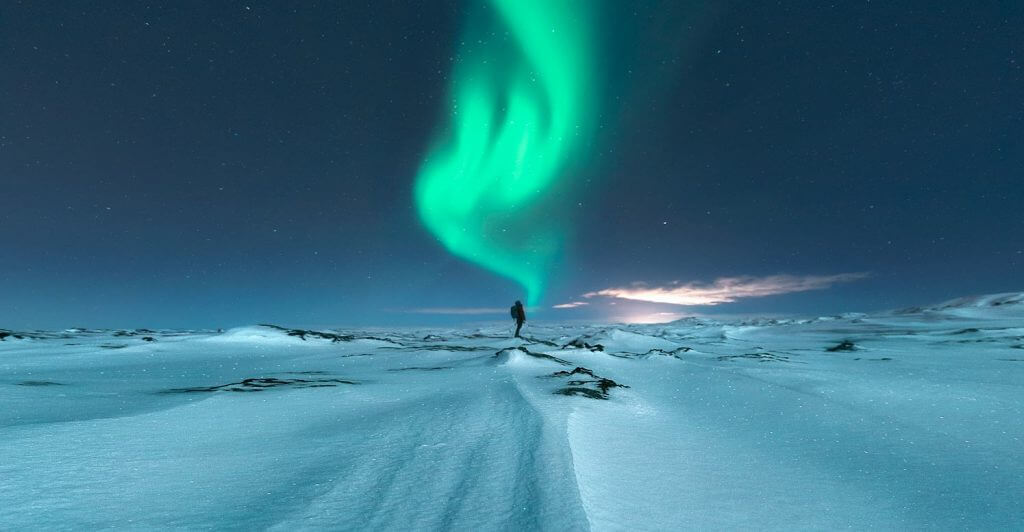
A picture from a guided Northern Lights tour from Reykjavik, 5% discount code: EPICICELAND23
8.1.2. Semi-private tour by Super Jeep
This is an amazing semi-private Northern Lights tour operated by family-owned company called Glaciers and Waterfalls. You will be transported by a super jeep and the maximum number of participants will be limited to 6. You can have a 10% discount on all Glaciers and Waterfalls tours with the discount code: EPICICELAND
8.1.3. Private tour by Super Jeep
Want to go for a private Northern Lights tour with a super jeep from Reykjavik? Private Aurora tour by Glaciers and Waterfalls is most likely the best tour for you. You can have a 10% discount on all Glaciers and Waterfalls tours with the discount code: EPICICELAND
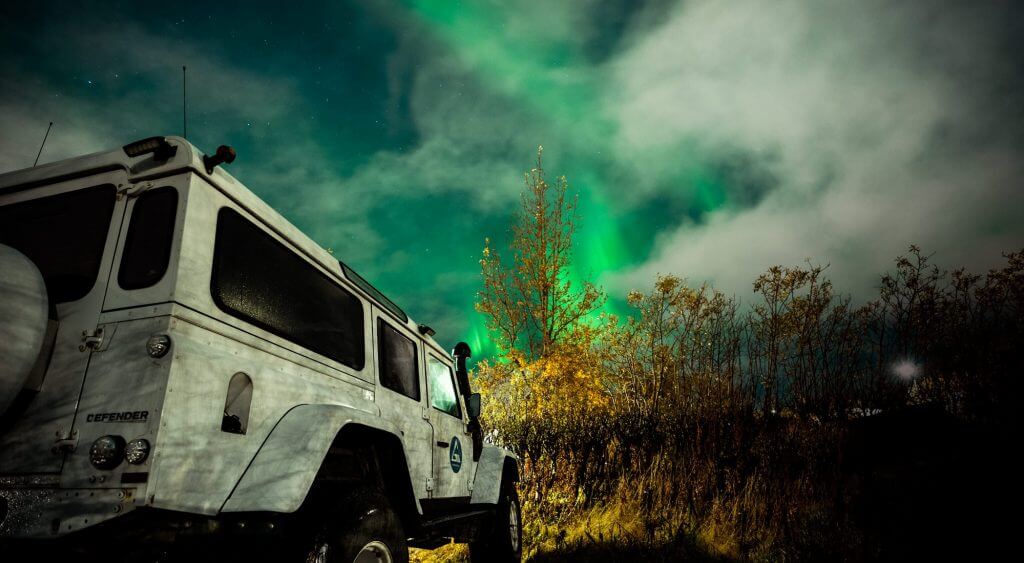
A picture from a guided Northern Lights tour from Reykjavik by Glaciers and Waterfalls, 10% discount code: EPICICELAND
8.1.4. A 3-Day Northern Lights Hunt by Jeep
Planning a Northern Lights tour for just one day is almost always a hit or miss. You can never be sure the show will be going on your day. That’s why we also recommend trying an amazing 3-day Aurora Hunting tour by Jeep.
This Aurora tour is run by the legendary Icelandic super jeep company – Midgard Adventure. You will never make a mistake by booking their tours. They are the stars in what they do in Iceland!
Our readers can also enjoy an exclusive 5% discount code for the Midgard Adventure northern lights tour: EPICICELAND5
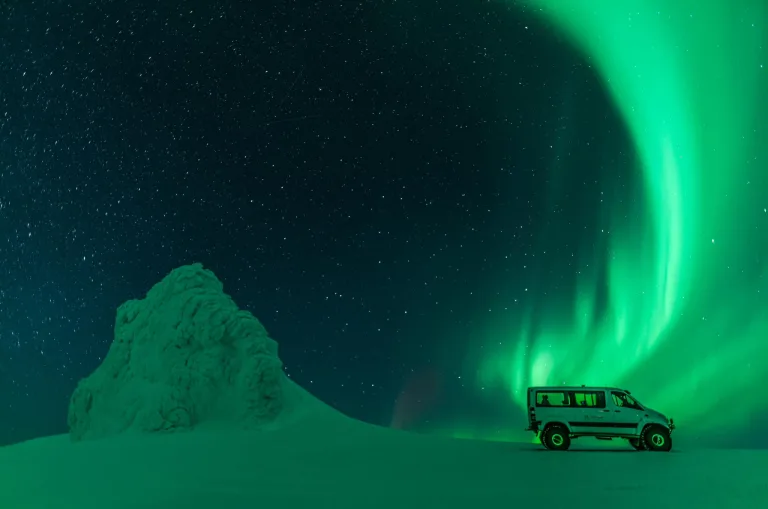
Picture from a fantastic 3-day Northern Light tour by www.midgardadventure.is, 5% discount code: EPICICELAND5
8.2. Aurora Tours in the North
The only difference between the tours below is the number of participants and a vehicle used for transport.
8.2.1. Cheapest tour by Minibus
Start Travel is an amazing family-owned tour company with only 5* reviews, conducting tours for more than 10 years already. Star Travel offers 3 variants of the Northern Lights tour. The first one is operated by minibus, it’s the cheapest and with the biggest number of participants. Here is the cheapest minibus Aurora tour from Mývatn. You can have a 10% discount on all Star Travel tours with the discount code: EPICICELAND
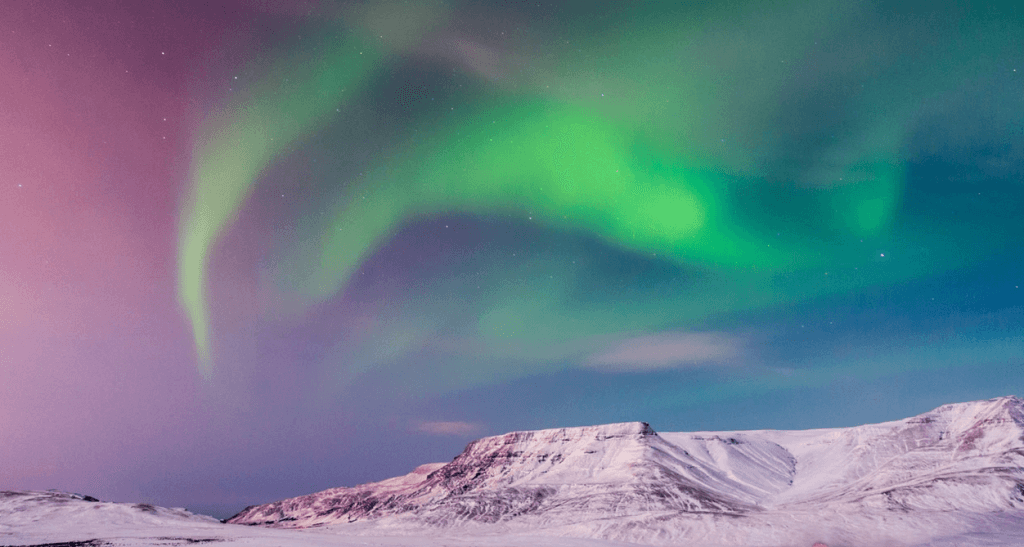
A picture from a guided aurora tour from Mývatn by Star Travel, 10% discount code: EPICICELAND
8.2.2. Semi-private tour by Super Jeep
This Super Jeep Northern Lights tour by Star Travel is operated by a jeep and limited to 8 people. If you want a semi private Aurora tour from Mývatn or Akureyri with your own guide, then this is in our opinion the best tour you can take. You can have a 10% discount on all Star Travel tours with the discount code: EPICICELAND
8.2.3. Private tour by Super Jeep
Do you want a Northern Lights private tour with a super jeep from Mývatn or Akureyri? We think the Private tour by Star Travel is the best option. Moreover, you can have a 10% discount on all Star Travel tours with the discount code: EPICICELAND

